I have been a Flickr member for almost a decade (since 2005). According to Flickr’s dashboard, there have been more than 5,000,000 views of the 4,500+ images that I have uploaded to the site. It’s my general practice to upload a low resolution JPEG to Flickr with every important photo set I make, which accounts for my almost 5,000 images over ten years. On average, it amounts to about one uploaded image a week.
Statistically, I am probably somewhat unusual as a serious professional artist and photographer, and widely-read author, with an active and ongoing Flickr presence. One reason I maintain my Flickr persona is that over the years I’ve got a lot of photography business from my Flickr images, including prestige publications as well as assignments. This comes and goes, and is not something that can be counted on, but I find the best publicity one can do for one’s images—when one produces something unusual, unique, and striking—is to get them up on the Internet.
I like to say that when it comes to image licensing “the Internet giveth and the Internet taketh.” Against a background of racing to the bottom with things like microstock sales, and the pronouncement by Marisa Mayers—the head of Yahoo, the owner of Flickr—that “with cameras as pervasive as they are [today] there’s no such thing really as professional photographers,” I have been contacted by legitimate upper-end image acquirers from around the world because of my presence on Flickr. Of course, you have to have a unique and compelling offering, but these companies never would have found me in the past.

I do find there is a certain amount of image “appropriation” based on what I’ve uploaded. I combat this by being careful to only upload low resolution, small files—so my potential losses are limited, and tends to be things like individual wedding invitation usage, or for personal notecards. When these people do the right thing and contact me, I grant permission, and request a small donation to a charity that benefits children. I usually see this as a teachable moment, to help educate people out there about issues of copyright and image ownership.
Probably the most unusual licensing request I’ve ever had via Flickr was to use one of my cherry branch images as the basis for a tattoo extending pretty much the entire length of a woman’s back and up onto her neck. Since the request was made after the fact, there wasn’t much I could do about it (although scenarios resembling Shakespeare’s Merchant of Venice do tend to come to mind). But I asked for some photos and was pleased by the beautiful tattoo—my cherry blossoms had become living art.
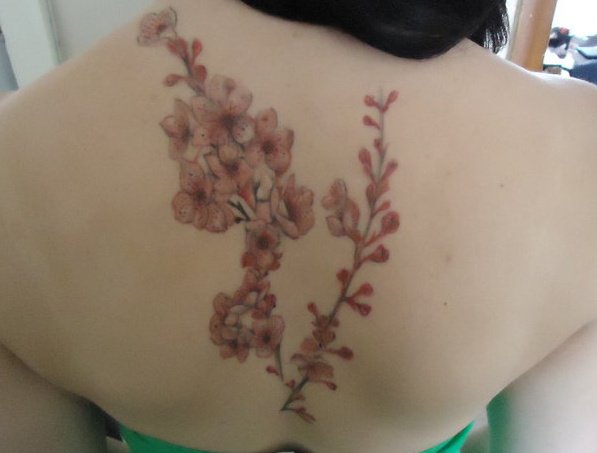
But I look at the issue as “spoilage”: if you don’t put your work out there, no one will see it, and no one will license it. But I also need to be nuanced, and take some care, which is why I am careful about releasing high resolution files “into the wild.”
I also do select the “All rights reserved” setting within Flickr, and include my copyright notice beneath each of my images. Some people who contact me need to be educated about what this means, but for the most part, contemporary art directors regard Flickr as just another image pool—perhaps the world’s largest database of imagery—and understand that they need to contact me to get permission to license or use my work (or to obtain a high-resolution version, if they need it for their usage).
So Flickr is part of my business strategy. An important part, but not a vital part—not as important to me as, say, my blog. I’d hate to lose my Flickr presence, but it wouldn’t be the end of the world for me, and it is perpetually irritating to be working within a hierarchy of people running Flickr who seem to be most interested in amateurizing and dumbing down the interface and patronizing the serious photographers who do use the site.
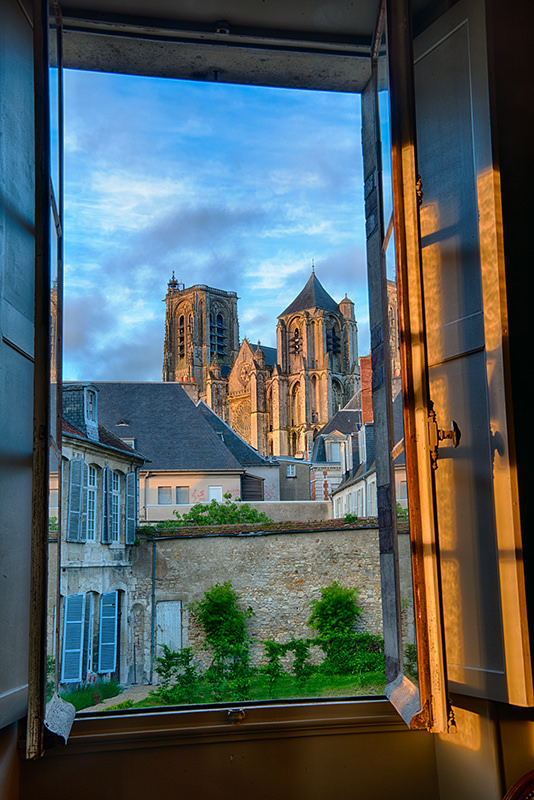
Now a word about stock photography. First, let’s consider the way stock photography is licensed. Stock photos are licensed under two general schemes: royalty-free, and rights-managed. When you license a royalty-free image, you can use it for anything you want (except, usually, for reselling it as part of a stock collection). Often, royalty-free stock photos are sold for pennies, or as part of a downloadable collection where the end-user can download a certain number of photos per subscription period.
Obviously, an individual royalty-free stock photo is not worth very much, and the hope, of course, is to make it up on the volume: either in the number of purchasers or (from the viewpoint of the photographer) from the sheer volume of photos that an individual has licensed as royalty-free stock. If you have 100,000 photos that are royalty-free licensed, even if you only average $1.00 per photo per year, obviously it adds up.
In contrast to royalty-free, rights-managed licensing demands a higher price, and often includes exclusivity for a given usage, sometimes limited by time. Generally, if you had a distinctive and special collection of images, you’d want to employ rights-managed licensing as opposed to royalty-free licensing, since the best royalty-free images tend to be a bit generic so as to be more ubiquitous. Distinctive collections of work also tend to be concerned with branding, may want to avoid certain kinds of usages, and can be involved with furthering the career of the artist involved.
In fact, leaving licensing aside, it is a truism that the images that are shot for stock, and those that do well as stock, tend to be bland and generic. There’s a contradiction in terms between saying that an image is striking and creative and unique, and at the same time is likely to be widely in use as a stock image.

Personally, over time, and as the stock photo industry has transformed, I’ve become increasingly skeptical whether my work as a place in it. I’m happy to consider rights-managed licensing of my work for appropriate usages, and in some cases have worked with industry-specific agents. I’m not opposed to paying commissions, and have had a long and fruitful career with my book agent over many years.

But I’m just not that interested in licensing away the control and rights to my own work. I’ve sweated hard enough to create it, and risked enough to create my body of work, why should I lose control of it now? As the photographer Henri Cartier-Bresson put it, giving up the rights to my work is like giving up the skin on my eyeballs.
This is not to say that this anti-stock stance is right for everybody. I have at least one pro-photographer buddy who makes a very good living via stock photography sales made by a number of prominent agencies. And speaking of stock photography agencies, it’s become apparent over the years that I’ve been posting to Flickr that stock photography is increasingly being managed with business efficiencies in mind. The stock industry has consolidated, with many smaller agencies now being subsumed by Getty Images, the incumbent behemoth in the stock photography business.
This brings me somewhat indirectly back to the topic of Flickr and stock photography. Maybe three or four years ago, some brainiac at Yahoo-Flickr looked at the fact that they had this huge image repository, and figured they could make some money on it via stock sales. Of course, this imagery didn’t belong to Flickr (it belongs to the individual contributors) so Flickr would only be making a commission. The other problem was that recognizing that some Flickr contributors were of marketable or publishable quality opposes the no-nothing pseudo-populist spirit of Flickr’s ideology that “there are no professional photographers” anymore (which implicitly flatters the amateurs).
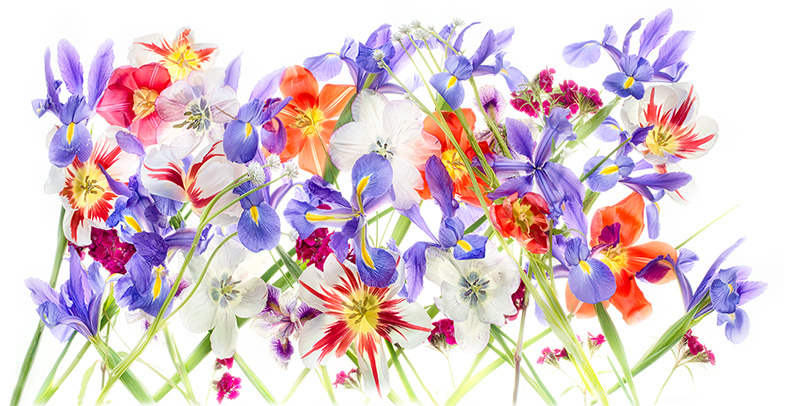
A concrete manifestation of the prevailing lack of respect for professionalism and image ownership at Flickr was the encouragement of uploading imagery with the default Creative Commons license—which allows usage without permission if certain conditions such as attribution are met. (One form of the Creative Commons license only allows non-commercial usage, but that is a side discussion.) As I’ve noted, I’ve always eschewed the Creative Commons license, and uploaded images to Flickr as “All rights reserved”—which is what I generally recommend.
In any case, the first iteration of the attempt to monetize Flickr’s image library was an arrangement that allowed Getty Images to troll the Flickr user base. Getty could enroll the Flickr photographers by invitation in a Getty library (this library always seemed something of a second-class citizen compared to the more orthodox Getty libraries). In addition, Flickr photographers could be invited by Getty to enroll in a program that added an icon to the images in their Flickr stream. Viewers could then request a license to specific photos, and Getty and Flickr would then intermediate to make sure the paperwork was in order, and to deliver a file to the license purchaser. Both schemes primarily involved royalty-free licenses. Presumably, Getty paid Flickr some share of the proceeds, but the exact terms of this arrangement were never to my knowledge published. As you’ll see, the business probably didn’t work very well for either party, as Flickr canceled the arrangement at what was their first opportunity, two years into it.
Getty Images in fact asked me to join their Flickr program, and for a brief while I did, mostly out of curiosity. Apparently, one of my images—a fisheye photo of the great Hoover Dam—was quickly requested by a client, so to see what would happen I opted it into the Flickr/Getty royalty-free program. I don’t know how my image was used, but I do know that my share came to a grand total of roughly $80. Following this experiment, I left the program, and continued to use Flickr the way I always have.

In mid-2014 Flickr announced that they were ending the relationship with Getty, and starting a new in-house stock program called at first Curated Connections, then termed the Flickr Marketplace (more info about the program here).
The idea behind this program was that Flickr’s curators would get everyday members of Flickr “discovered.” Flickr would handle the paperwork and business details, and place images with prestige outlets including the New York Times, and (somewhat curiously) Getty Images. Beyond licensing opportunities with photo agencies, other opportunities were held out: “We will look for ways to showcase your photos on the Flickr blog and across other Yahoo properties like News and Travel. We’ll also try to connect you with original photo assignments!”
In mid-February 2015, I received a communication via the internal Flickr mail system:
We love your photos! Your beautiful and genuine photos could be in high demand in today’s global photo marketplace. We want to work with you to increase the visibility of your photos across multiple platforms such as wall art, photo agencies, editorial placements on Flickr and Yahoo, and other media outlets.
If your photos are selected and sold in the marketplace, we will share 51% of the net sales with you through your PayPal account. There is no fee to join and you control your level of participation.…
Once we receive notification that you have enrolled, our curatorial team will select photos from your photostream and be in touch to see which ones you would like to approve for inclusion in the new Flickr Marketplace!

In the interests of science, I took care of the formalities involved in program enrollment, and waited to see what would happen next. I didn’t have long to wait. I did note that I would only be interested in the rights-managed program (as opposed to Flickr’s royalty-free offering).
The Flickr curators sent me an extensive list of my floral imagery—almost all flowers photographed using my transparency technique—that they wanted to add to the collection.
I wrote back to the curators noting that many of these were already subject to licenses for art reproduction, and that I needed to be able to use my images for my books and the prints that I make. Would this be okay? (The program FAQ allows artist “limited edition” prints, but this isn’t a term that specifically covers what I do, since many of my editions are not, in fact, explicitly limited.)

In response to whether I could carve-out rights already granted, I got a boilerplate negative:
Because you requested that your photos only be included in the Rights-Managed exclusive collection, we would need you to opt out anything that is licensed elsewhere. For photos accepted into the rights managed collection, exclusivity is required due to the type of rights that may be granted to a buyer.
Since higher royalties are often generated from this type of sale, the photographer is not allowed to (1) license the same photo to any other source (past, present or future) and (2) license a “similar” photo.
I never really received an answer as whether “limited edition” prints included the prints I make in my studio that are not in fact limited, or whether use in my books constituted a permissible promotional use: “You are still allowed to use the photos enrolled in the rights managed collection for self-promotion and as limited edition prints, so long as the prints are not sold exclusively. For the other two parts of your question, I am still waiting to hear confirmation and will get back to you.”
Often, as a freelance artist in business for myself, and supporting my rather large family essentially by my wits, I am struck by how hard it can be to decide if something that comes along is an opportunity or a pitfall. The opportunity is all the nice things that these Flickr curator people were saying they were going to do for me. The pitfall would be to tie up some of my best work for years. I like to tell a story about a cleric caught in a great flood. The religious gentleman ends up on the roof of his house. A helicopter comes along and offers to rescue him, but “No, no, God will rescue me.”
The question, of course, is whether God sent the helicopter.

In the case of the Curated Connections program—or Flickr Marketplace, as it has been called more recently—I decided that the risks clearly outweighed the potential rewards. The underlying problem was the inflexibility of the program in regard to work that already had a licensing history, and also the attitude that Flickr’s curators would be “discovering” me. This seems a little unreasonable if they had taken the trouble to research me even a tad, and not what my work needs. An offer to co-market my work as a unique collection with some understanding of how best to brand it would, of course, have intrigued me. Here’s what I wrote back to Flickr, declining to enroll any of my images in the program:
“I am really saddened, because like most professional photographers I can always use an additional revenue stream, but based on your response I will not be able to work with your program.
Of course, I do understand what a rights-managed program means and implies. Of my images that the curator selected, about half are subject to prior licenses of some kind, as I noted most existing licenses have to do with art reproduction or wall decor. With an organization that understood the value of my offerings, I could probably enroll these in a rights-managed program, but of course both sides would need to exclude the rights that have already been granted. Note that my existing licenses would absolutely prevent me from licensing on a royalty free basis (and I also don’t believe in this kind of licensing as a matter of principle because it degrades the value of the art licensed).
While I could probably select a few images from the list that the curator put together that don’t have any licenses outstanding, I do need to retain future art and book publishing rights to all my work (I see that you’re still researching these areas for me). But this hardly seems worthwhile for either me or Flickr/Yahoo, considering the few number of images that I could put into your program, and the fact that I would need to retain these future abilities.
I do hope you understand, but for now I will have to pass. Should you be willing to reconsider and negotiate an arrangement that meets my needs, considering the licenses that are outstanding and my future likely uses, I think that reasonable parties could reach such an agreement, and I would certainly be willing to discuss it. By the way, my images are available in extremely high resolution versions.
But without a customized business relationship that meets the needs of a distinguished educator, professional, and artist of my caliber, I shall have to decline, and remain the sole legitimate source for rights-managed licenses to my work (if there is a specific image of mine and a use you and/or a client of yours wish to discuss I am happy to quote a licensing fee, of course).
My very best wishes, and good luck with your venture.
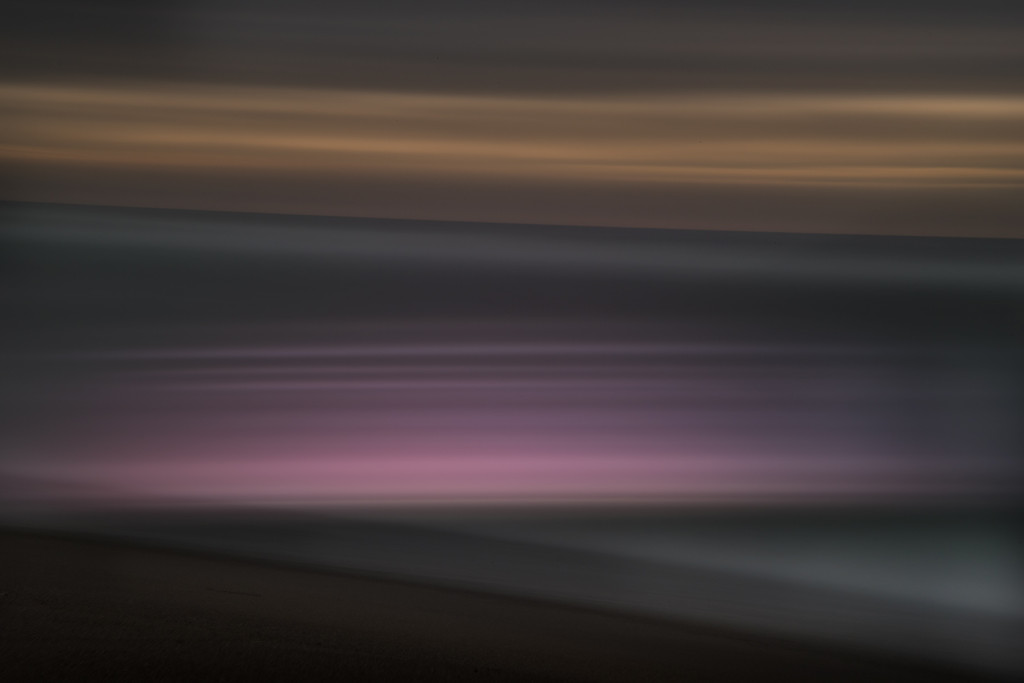
The devil, of course, is always in the details, particularly in anything as complex as licensing imagery that involves several intermediary organizations. I do feel that the Flickr image repository is a very real asset that Yahoo and Flickr could monetize, at the same time helping the participating photographs earn some extra cash. But I don’t think this can be done with a patronizing stance about discovering people, and the underlying attitude that Flickr’s members have full-time IT jobs and are just happy to be noticed. Nor can it be done with a “stock photography as usual” one-size-fits-all business model.
Overall, the stock photography business is if anything oversupplied, and in a dismal race to the bottom. Only those with truly unique offerings will thrive, and probably they will thrive best if they use the tools the Internet provides to dis-intermediate parasitic organizations like traditional stock vendors, and those like the Curated Connections program that would try to emulate this clearly broken model.
Here’s what Flickr should do: They should give up on the idea of curating (not their area of expertise in any case) and on “discovering” Flickr members who may already be well-known. Flickr is never going to successfully compete on the same turf as a conventional stock source like Getty. So it’s time to innovate. Create an efficient and transparent market mechanism for willing buyers and sellers of licenses, and facilitate these transactions, taking a small cut of the fees. It’s foolish for Flickr to try to be another Getty, instead they should aim to be the eBay of image licensing transactions.
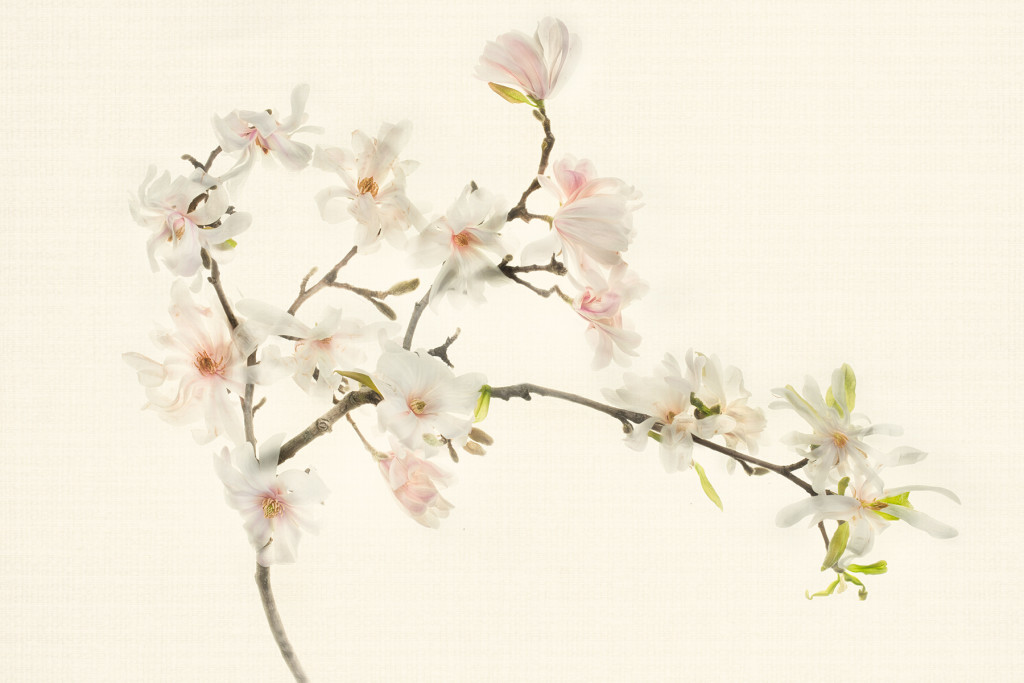
Robert Brown
12 Mar 2015While I’m nowhere nearly as successful as you, I have come to the same conclusions about Flickr and licensing photos. Terrific article!
Pingback: The worst mistake you can make with customers
Keith
15 Mar 2015an excellent piece
Pingback: Three Dot Lounge for Photography for March 16, 2015
Pingback: Flickr and a perfect trifecta of tagging error